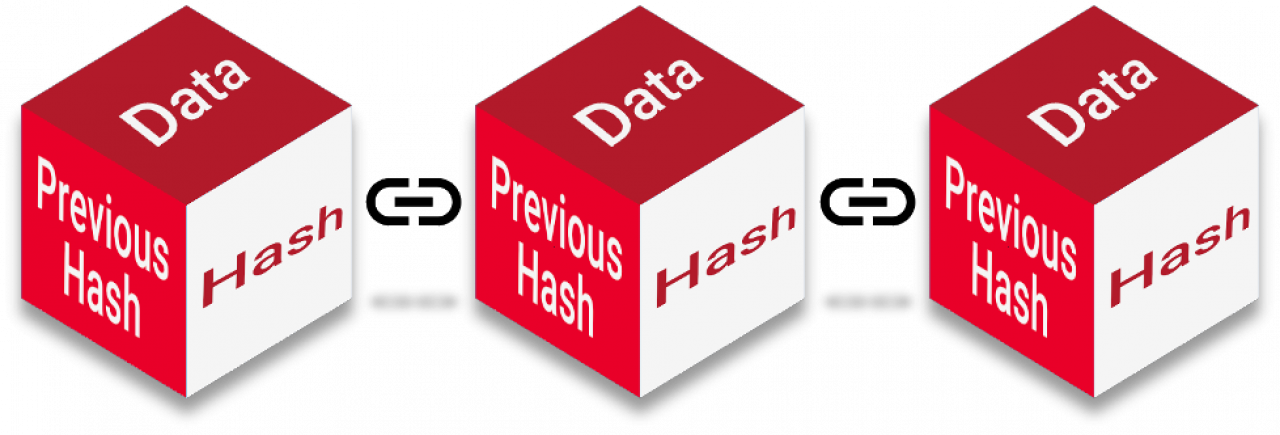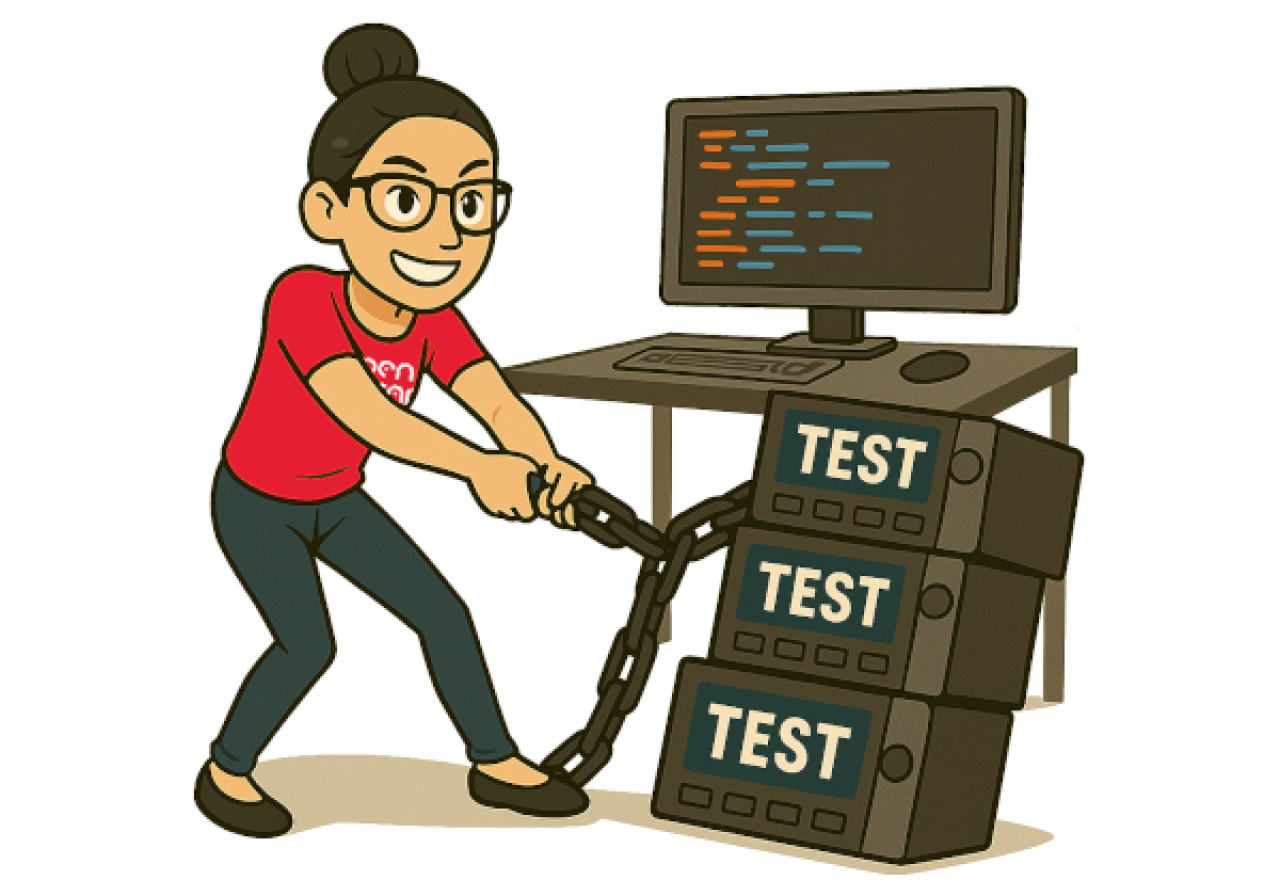Blockchain technology offers multiple impactful applications in test automation for enhancing the testing process itself, and of course for testing blockchain-related applications.
What is a Blockchain?
A blockchain is a distributed ledger with growing lists of records (blocks) that are securely linked together via cryptographic hashes. Each block contains a cryptographic hash of the previous block, a timestamp, and transaction data. Since each block contains information about the previous block, they effectively form a chain, with each additional block linking to the ones before it. Consequently, blockchain transactions are resistant to alteration because, once recorded, the data in any given block cannot be changed retroactively without altering all subsequent blocks and obtaining network consensus to accept these changes.

Blockchains are typically managed by a peer-to-peer (P2P) computer network for use as a public distributed ledger, where nodes collectively adhere to a consensus algorithm protocol to add and validate new transaction blocks.
Blockchains and Open Source
Blockchain and open source are deeply interconnected, with open source serving as a foundational principle for most blockchain technologies.
Most blockchain platforms are open source by design, with source code publicly available for anyone to inspect, modify, and distribute. Example blockchain-based platforms include Bitcoin, Ethereum, and Hyperledger.
Open source aligns with blockchain’s decentralized philosophy. In a decentralized network, no single entity controls the system. Open source ensures that anyone can participate in development, helping maintain the network’s integrity and security. Open source code allows anyone to audit how a blockchain works, verify its security, and ensure there are no hidden vulnerabilities or malicious features.
Open source blockchain projects enable developers to build new applications, fork existing protocols, and create interoperable solutions across different platforms. Such projects are also more cost-effective: leveraging open source code reduces development costs and accelerates time-to-market for new blockchain applications.
Applications of Blockchain in Test Automation
Using Blockchain to Enhance the Test Automation Process
Transparency and Traceability: an immutable ledger can record all testing activities, test cases, and results in a tamper-proof manner. Using a blockchain ensures end-to-end traceability and auditability of the testing process, which is especially valuable in compliance-heavy industries. In particular, blockchain's immutable ledger can record test results, logs, and execution history, guaranteeing that test data is tamper-free.
Decentralized Test Execution: distributed test environments can use blockchain to coordinate and verify test execution across multiple nodes. This is especially relevant for Web3 and supply-chain applications, where decentralization is core to the architecture.
Test Data Management: blockchain can help manage and share test data securely across teams or organizations. It ensures that sensitive data used in testing remains private and traceable.
Trust and Collaboration: blockchain-based frameworks can use smart contracts (self-executing code on the blockchain) to automate and enforce agreements across testing and development teams. This type of collaboration increases trust, ensures fair compensation, and streamlines coordination, especially in distributed or agile environments. In particular, test automation frameworks can use blockchains to validate contract logic, simulate edge cases, and check for vulnerabilities.
Automated Payment and Validation: Smart contracts can automate payment for testing services upon successful completion and validation of test cases, reducing disputes and administrative overhead.
Real-Time Progress Tracking: Blockchain enables real-time, transparent tracking of testing progress and defect management, improving communication among stakeholders and reducing project delays.
Key Benefits
Improved Efficiency and Accuracy: Automation reduces manual effort, speeds up deployment, and minimizes human error in repetitive test scenarios.
Enhanced Security and Reliability: blockchain’s decentralized and immutable nature protects test data from tampering and ensures the legitimacy of test results.
Better Collaboration: transparent, blockchain-based records foster better collaboration and accountability among distributed teams.
Testing Industry Adoption
Blockchain-based test automation is particularly relevant in industries with high compliance needs (e.g., medical devices and supply chain, ) and in projects where transparency, traceability, and trust are critical. Blockchain can support testing for logging, data transparency, and test data traceability, especially in compliance-heavy industries like supply chain management.
Automated Testing of Blockchain Applications
Blockchain applications are themselves candidates for test automation. A specific test automation scenarios include
Smart Contract Testing: Automated frameworks can execute unit and integration tests on smart contracts, ensuring their logic is correct and secure. Automation helps detect vulnerabilities such as reentrancy attacks, integer overflows, and excessive gas consumption before deployment.
API and Integration Testing: Blockchain apps often interact with external systems via APIs. Automated tools can validate request-response cycles, error handling, and authentication for these APIs, ensuring reliable integration with wallets, oracles, and off-chain services.
Performance and Load Testing: Automated tools simulate high transaction volumes and network congestion to test blockchain scalability and performance under stress, identifying bottlenecks and ensuring reliability during peak usage.
Regression Testing: Automated suites continuously re-run critical test cases after updates, ensuring that new changes do not break existing functionality or introduce new bugs.
In summary, blockchain enhances test automation by providing secure, transparent, and automated mechanisms for both testing blockchain applications and optimizing the testing life cycle itself.
